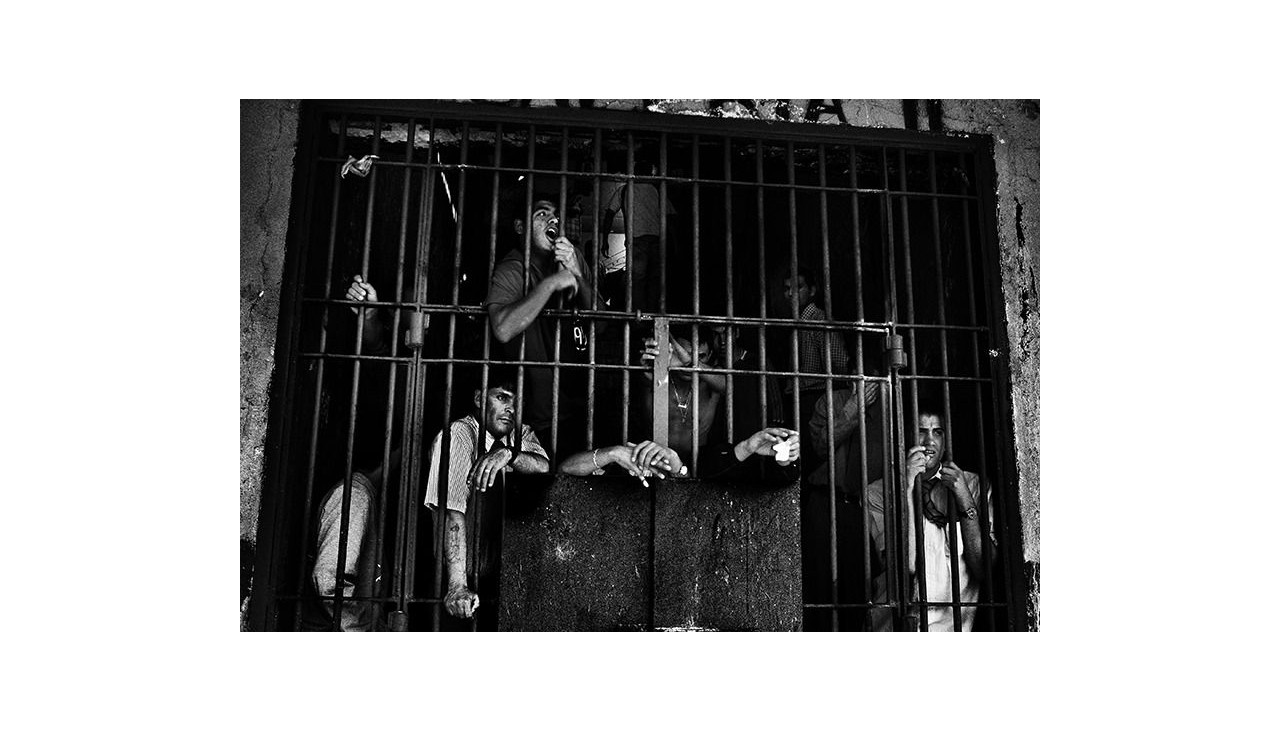
Valerio Bispuri: The photographer of South American prisons
The renowned Italian photojournalist lived in Argentina for a decade and photographed 74 prisons across South America for his book 'Encerrados.'
Valerio Bispuri studied literature in college, but decided soon after graduating that he would dedicate his life to photojournalism. However, his thing would not be to cover current affairs or conflicts, but to seek a deeper look at humanity, even if that meant working for the long term.
After a stint in Italy and Bosnia portraying gypsy communities, Bispuri moved to Buenos Aires, Argentina, and the city that served as his second home for more than a decade. It was from there that he began to develop some of his most renowned projects: Encerrados (2015), the result of visiting 74 prisons throughout South America for 10 years, and Paco (2017), where he explores the stories of the Argentine suburbs and the lives burned by paco, a deadly drug that destroys the nervous system and leads to death within a few months.
The two projects have one thing in common: a need to portray those individuals who, for one reason or another, have been deprived of their freedom. And that includes everything from drug addicts in the suburbs of Buenos Aires to prisoners in South American jails or victims of physical and mental illness in Africa, the subjects of his latest project.
His first project, Encerrados (2015), was born with the idea of reflecting universal human truths such as inequality, suffering and survival, beyond portraying mere criminals.
Encerrados, combines photography, anthropology and journalism to try to understand the continent through its prisons, which in his opinion represent the brutal and hidden reality of a country.
"Prisons are a reflection of society, a mirror of what happens in a country, from the small dramas to the great social and economic crises," he writes in the photobook, available in English, with forewords by Eduardo Galeano.
Paco (2017), on the other hand, focuses on the victims of this drug so widespread in Latin America. In the suburb of Lomas de Zamora, Buenos Aires, there is the largest illegal market in South America called La Salada. It is a series of warehouses covering an area equivalent to 20 soccer fields, where more than 6,000 people work, with a profit of $9 million, he tells in the autobiographical book he has just published in Italy, Dentro una storia. Appunti sulla fotografia.
RELATED CONTENT
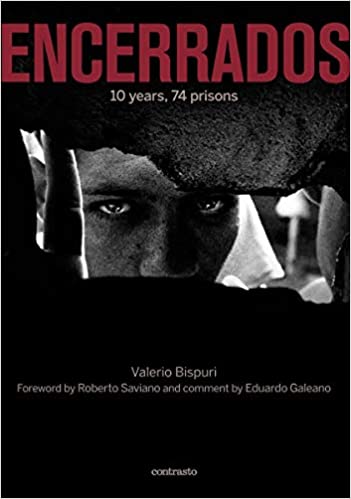
Far from being interested in wars, conflicts and current affairs, Bispuri focuses on "showing the world of the invisible people, forgotten by everyone."
"Prisoners, drug addicts and the mentally ill are part of the dark side of humanity that we refuse to see because it simply terrifies us," he said in an interview with the French daily L'independent following his recent participation in the Visa pour l'image photojournalism Festival in Perpignan, France.
Why are his photographs always in black and white?
"Because they have more strength, they allow you to concentrate on the person's face, they are more emotional than a color photo. If you take a war photo, it's more natural in color. But to show humanity, black and white is better, in my opinion," he explained in another interview with RFI.
Winner of numerous international awards, Bispuri insists that his aim is to make a photograph of depth.
"I'm not interested in the beautiful or the aesthetic," the photographer said. "Basically," he writes himself in the book, "I believe that photography combines the possibility of remaining a child and being a strong, brave and unconscious man, where emotions are reflected at the same time in the speed of the shot and in the slowness of being able to look beyond, where the moment can remain on the surface and at the same time touch great depths, and where instinct only works when it moves within the enclosure of reason."



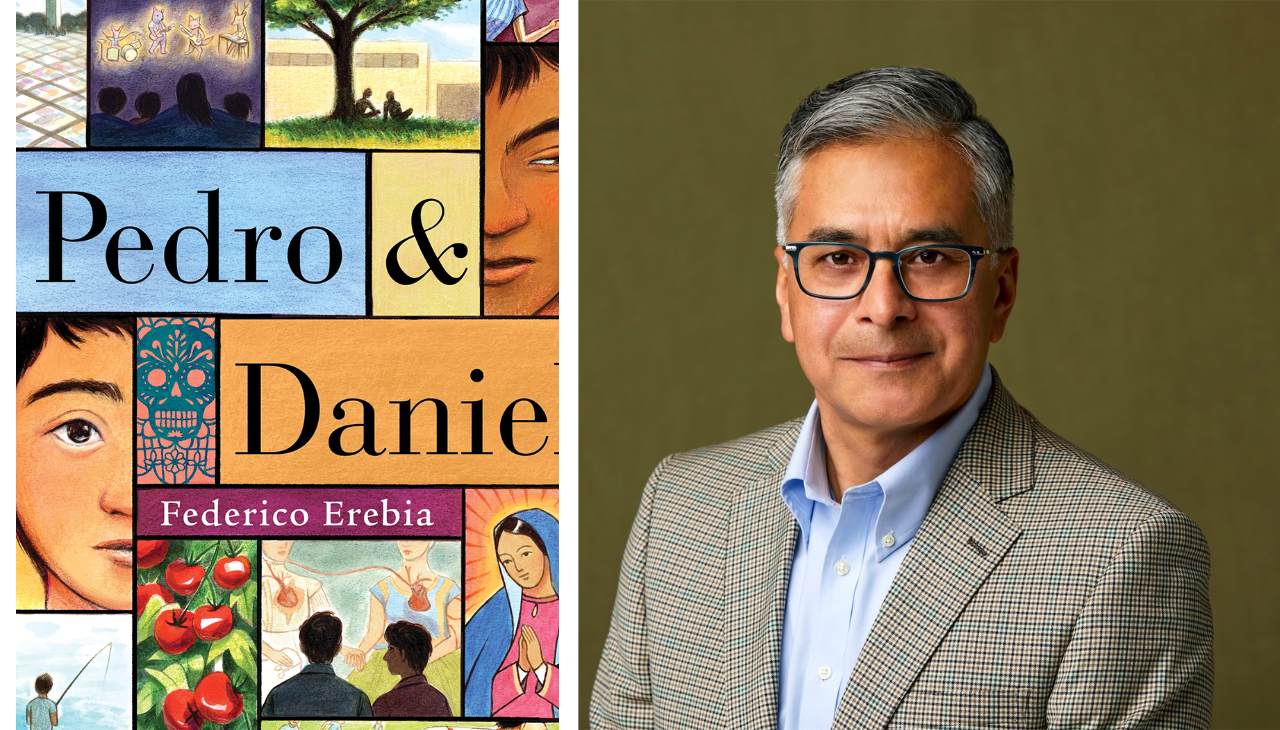
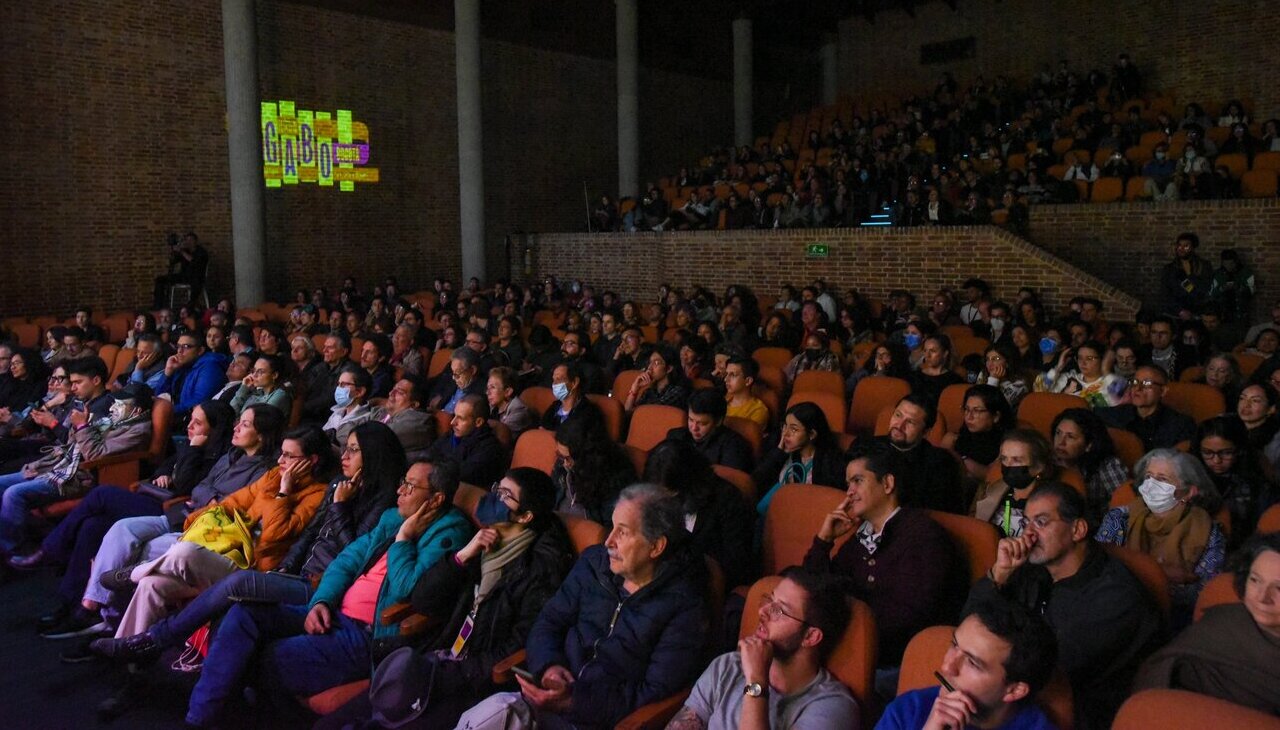

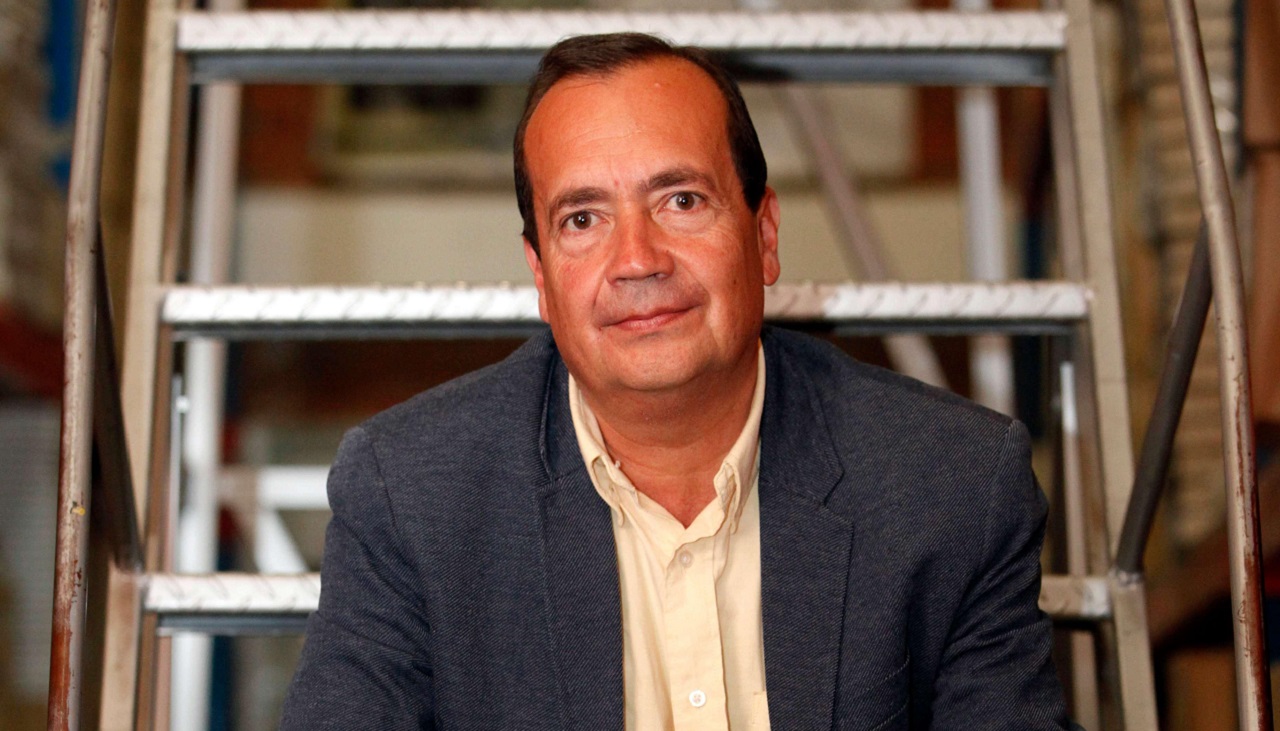

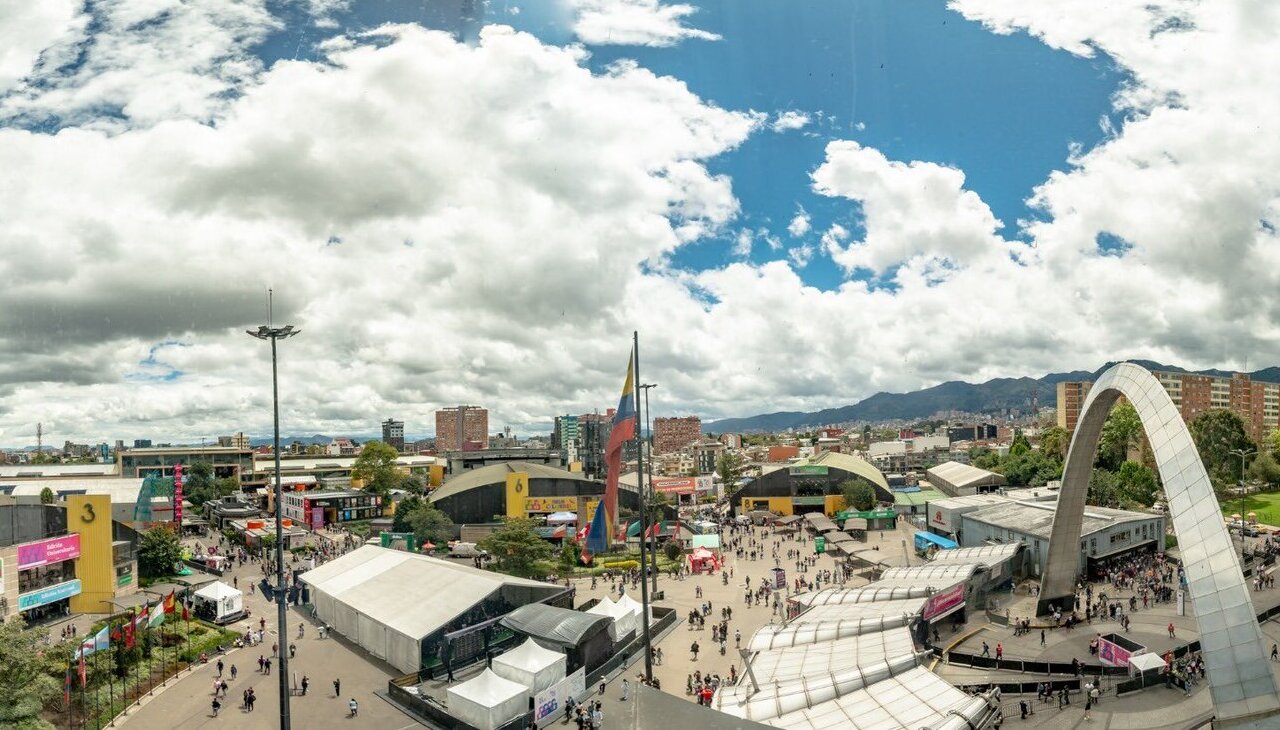
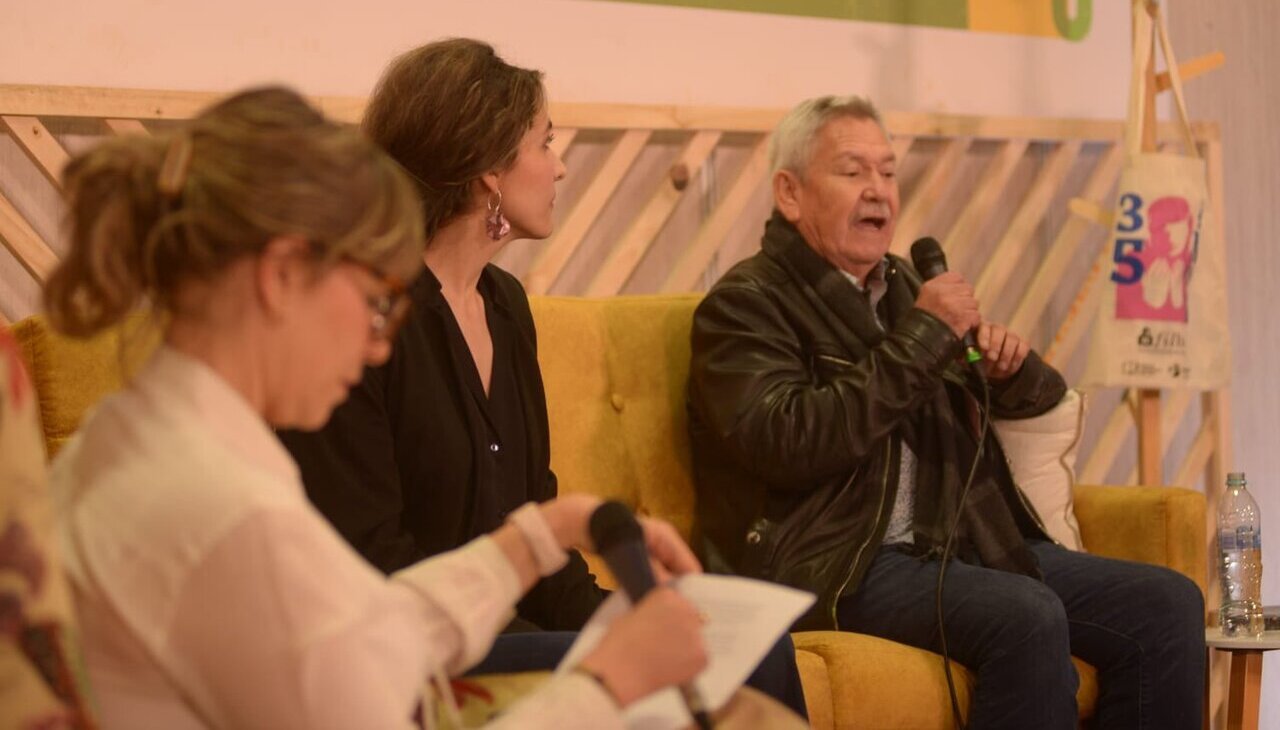

LEAVE A COMMENT:
Join the discussion! Leave a comment.